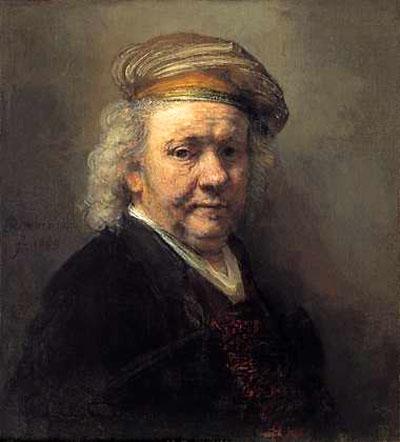To know oneself is a powerful beginning to being a healthy human being. To imagine what is not the self helps us develop our sacred purpose. View the study sheet here. Watch the recording here.

With the book of Exodus Torah makes a significant pivot. It shifts from a focus on individuals to one on the collective group. In the remaining books of Torah, indeed throughout the rest of the Bible, the main protagonist is the people Israel. The people as a whole must bind themselves in covenant, create a unique identity, succeed or fail as a group. Moral failure and redemption is the subject primarily of national life. An individual’s lapses are of import to the extent they impact the nation’s soul. National separation and distinction assume sacred purpose.
Torah seems to be aware of the dangers of this emphasis on distinctions. This week we observe Shabbat Shirah, the Shabbat of Song, which celebrates the song sung by the Israelites after the splitting of the Sea of Reeds, as described in this week’s portion. But there are actually two songs sung. One by the men, led by Moses, and one by the women, led by Miriam. The 18th century Hasidic rabbi Kalonymous Kalman Epstein notes the different tenses each group uses to declare their song of thanks. Moses leads the men saying, “I will sing to God.” Miriam, however, cries out to the women, “Sing unto God!” One speaks of an action in the future. The other obliterates past and future and embraces what is present.
Rabbi Epstein views Moses as stuck in a world overly defined by distinction, particularly that of gender: “Moses spoke while still under the categories of masculine/feminine, for the light of supernal clarity had not yet appeared to him.” Miriam, by contrast, “drew down the supernal light from the place where the categories of masculine/feminine do not exist.”
Rabbi Epstein describes the women’s dance as a hakafah, a circle dance. Hakafah is the term for the procession of a Torah scroll among a congregation. Out of respect for the Torah, one always faces it as it makes it way around the community. By following the Torah in its round, I become aware of each person. The Torah’s procession, its dance among us, disrupts my inattention to others.
The circle replaces lines of hierarchy with a relationship of equality. All points on the circumference are equidistant from the center. It represents a reality in which categories of distinction are irrelevant. Rabbi Epstein quotes the prophet Jeremiah: “No longer will they need to teach one another, for all of them, from the least of them to the greatest, shall know Me, says God.” Attention to others generates a new reality, a higher level of sublime presence.
Self-portraiture is a traditional form for artists. And no artist painted more self-portraits than Rembrandt. Art historians believe that he produced eighty works of his own likeness. Pictured here is one he painted in 1669, the year of his death. It is likely the last self-portrait that he did.
Rembrandt is very much in the center of the canvass, but what exactly is he exploring? His singularity, or something else? With a shading of colors, Rembrandt can be experienced either as emerging from the background or as being drawn back into it. Jakob Rosenberg in Rembrandt: Life and Work writes: “Outlines are broken; they are only partly visible, partly obscured. Space takes on a less geometric character, with less tangible limitations, but suggesting an imperceptible transition from the finite to the infinite….heightening the interdependence of all parts and preventing forms and surfaces from becoming isolated or over-distinct.”
Over the eighty self-portraits he produced during his lifetime, Rembrandt explored a variety of expressions and dressed himself in different costumes to help create different sensations. What do you see here? Pride? Humility? Playfulness? Gravity? A sparkle of the eye? A weariness? Is there a brightness in the shadow? A bit of darkness in the golden shine?
Still, why did Rembrandt create so many self-portraits? To better understand his unique self? “Rembrandt seems to have felt that he had to know himself if he wished to penetrate the problem of man’s inner life,” Rosenberg writes. “In this constant and penetrating exploration of his own self, his range went far beyond an egotistic perspective to one of universal significance.”
Rembrandt lived in the middle of Amsterdam’s Jewish Quarter from 1633 to 1635 and from 1639 to 1658. Every house immediately contiguous with or facing his own was a Jewish home. What effect did that have on his imagination of what it meant to be human?
In her celebration of the power of writers, Nobel Laureate Toni Morrison observed, “The ability of writers to imagine what is not the self, to familiarize the strange and mystify the familiar, is the test of their power.”
To know oneself is a powerful beginning to being a healthy human being. The artist in us goes even deeper to discover within a universe of possibilities dwelling there, beyond those that comfortably serve us on a day-to-day basis. We stretch ourselves “to imagine what is not the self.” Through Miriam, Torah reminds us that the purpose of a particular path is to return home, to where it all began…to the oneness that is both mysterious and familiar.
Join us here at 7:00 p.m. (PT) Thursday, January 25 as we explore to imagine what is not the self.








